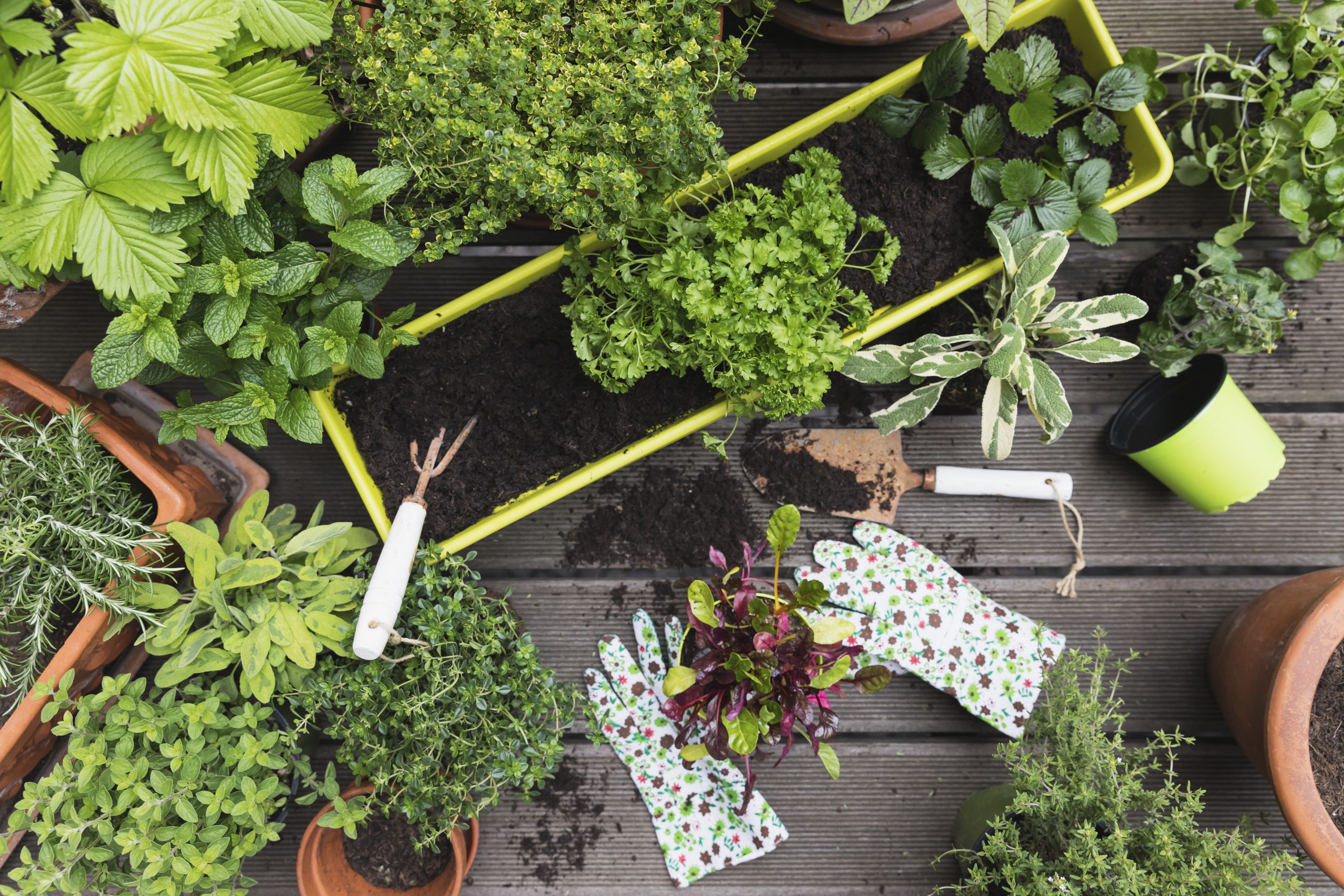
A beautiful garden can boost your home’s value when the time comes to sell. And at this time of year, a flourishing vegetable garden will hit all the right notes with buyers.
A well-designed vegetable garden can add a unique touch to make your home unforgettable. Buyers will be able to see themselves relaxing in this peaceful haven and also providing healthy, organic food for the dining table.
If you’re considering establishing a vegetable garden, I have some tips.
- Choose a location that receives plenty of sunlight (at least 6-8 hours a day). Most vegetables thrive in sunshine.
- Ensure your soil is rich and drains well. Add compost or organic matter to provide your plants with essential nutrients.
- Select vegetables that you like.
- Aim for a variety of colors and textures to create a visually appealing garden.
- Water your plants regularly, but don’t over-water or your vegetables will suffer root rot and other issues.
- Regularly weed, prune and harvest to maintain a neat and healthy garden.
While it’s pretty simple to do the basics, a successful gardener will know that not all vegetables like being planted together. So, below, I’ve listed pairings to avoid.
- Potatoes and tomatoes: Both are nightshades and susceptible to the same diseases.
- Fennel and tomatoes: Compounds released by fennel retard the growth of other plants, especially tomatoes.
- Garlic and onions: They compete for nitrogen and deplete nutrients in the soil.
- Broccoli and tomatoes: Sulfur compounds will harm the growth of tomato plants.
- Garlic/onions and peas/beans: Alliums like garlic and onions release sulfur compounds that can stunt the growth of legumes.
- Oregano and squash: Their watering needs are entirely different.
- Potatoes and squash: Potatoes contain fungal diseases that can spread.
